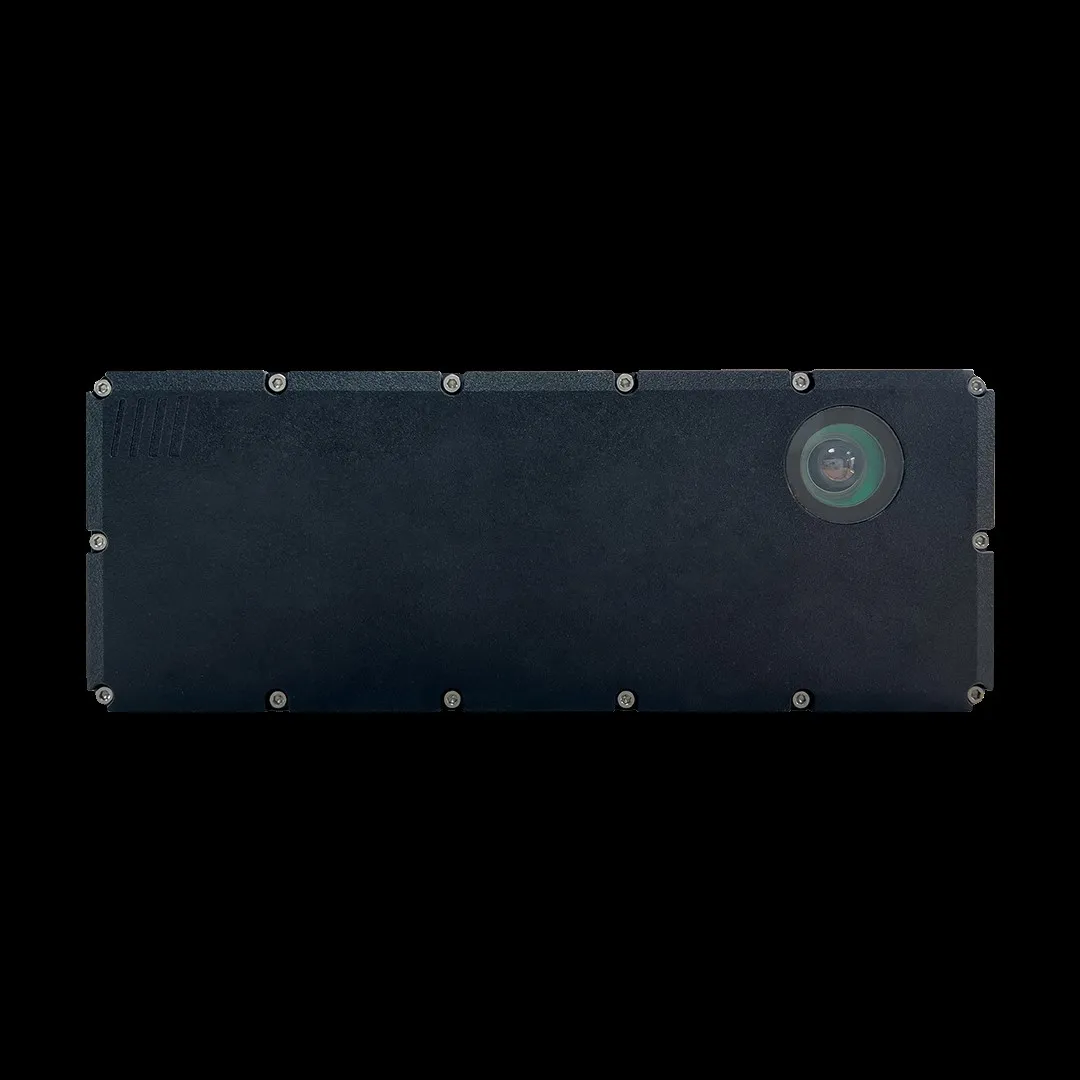Kistler’s weigh in motion (WIM) system, comprising Lineas quartz WIM sensors and the Kistler WIM data logger, has been awarded OIML R-134 certification for low to medium speed vehicle weighing from 3 to 65 km/h.
As OIML R-134 is the international metrology standard for legal weighing applications, Kistler says the certificate paves the way for the use of its WIM systems in applications such as weight-based toll collection and automatic weight enforcement.
The system also enables road concessionaries a
April 16, 2015
Read time: 2 mins
As OIML R-134 is the international metrology standard for legal weighing applications, Kistler says the certificate paves the way for the use of its WIM systems in applications such as weight-based toll collection and automatic weight enforcement.
The system also enables road concessionaries and toll road operators to upgrade existing manual toll collection solutions to free-flow automatic toll collection, allowing vehicles to pass through toll collection sites without stopping.
OIML certification also provides a basis for creating the necessary legal framework for automatic weight enforcement. Kistler claims its maintenance-free WIM systems, which are based on durable quartz crystal sensors, and can be integrated into any manual or automated weighing system.









